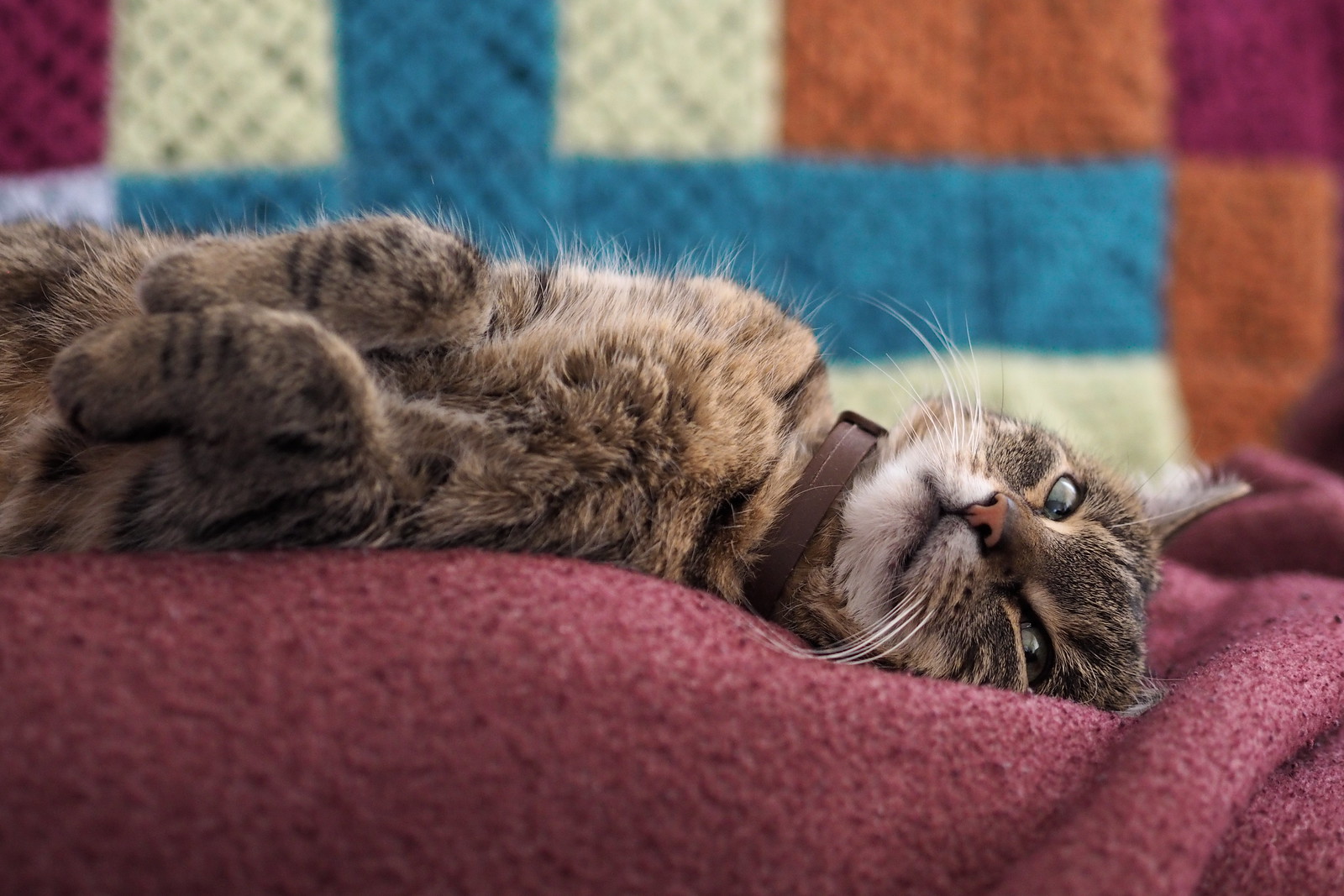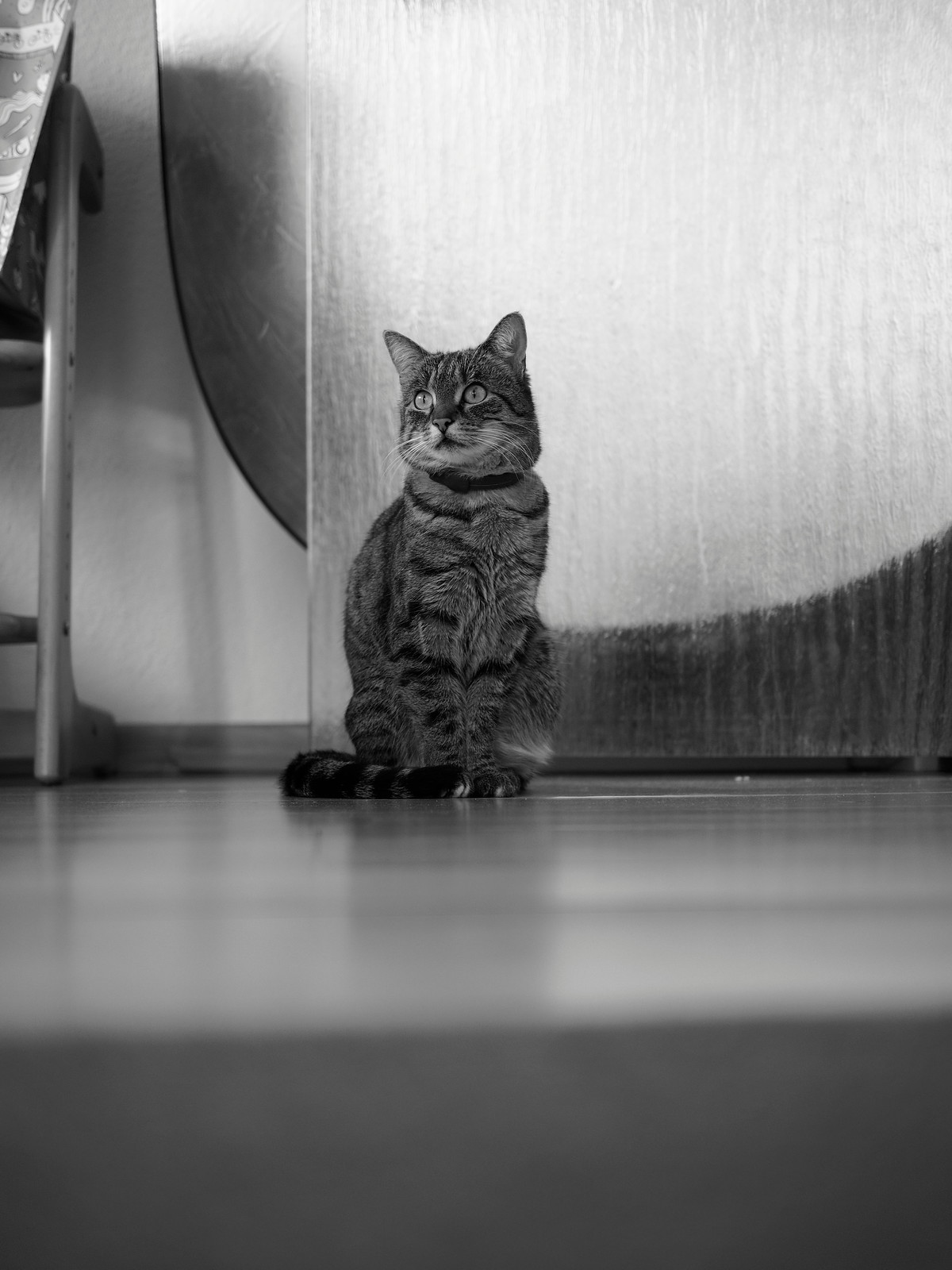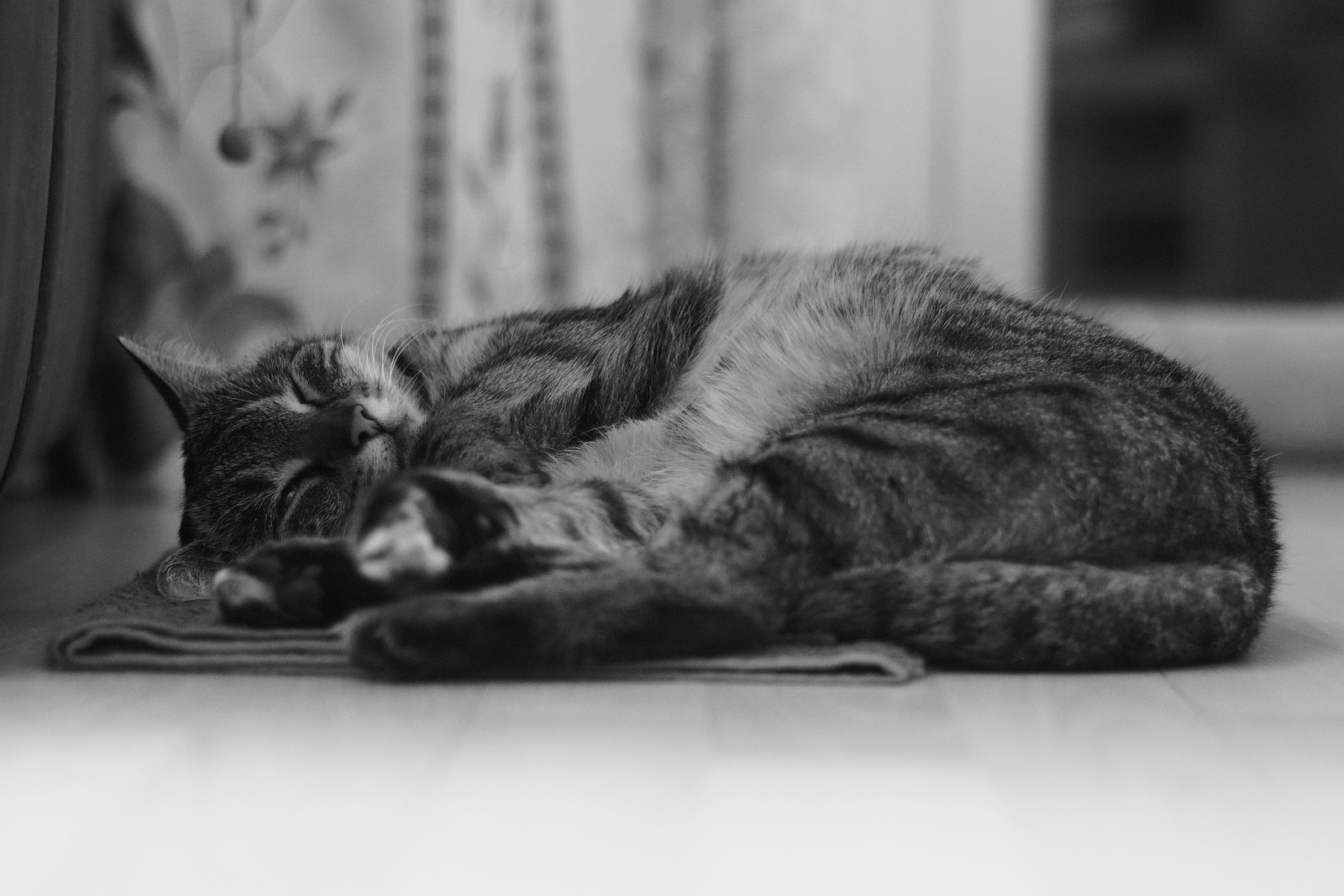Let’s talk gear a bit.
When Kirk Tuck lately mentioned “My lens of choice today was the older, Contax Y/C Zeiss 50mm f1.7 lens, with an adapter. I shot almost everything at f2.0.” (that was in his blog article I mentioned already), I thought of course of my old and manual OM Zuiko lenses, which are quite wonderful. Of course I thought of using them, but didn’t. Until today.
On my Olympus OM-2N camera I have the G.Zuiko Auto-S 1:1.4 f=50mm lens, and in the camera I have Kodak 400TX (“Tri-X”) black & white film. So my plan for today was to take and to use that camera and lens, but if I’d taken only that one, I wouldn’t have anything to show right now – film still needs some time for development and all.
So I decided to also use my second lens from the OM System, the Zuiko Auto-S 50mm 1:1.8 “made in Japan” lens, adapted to my digital OM-D E-M10 (so I would have something to show right now).
Like Kirk did with his Contax/Yashica/Zeiss lens, I let my 1.4 Zuiko on the film camera on f/2 most of the time, but you can’t use the 1.8 Zuiko at f/2 – so I used that one fully open (also most of the time, when I set one camera to f/8, so I did with the other as well).
And since I had black & white film in my film camera, I set the digital one to black & white as well, and also to a 3:2 aspect ratio, just like my 135-type film has (it’s “full frame” in modern terms, meaning it has the Kleinbildfilm format of 24x36mm – which is 2:3).
So – the title says “crops”, and that is what today’s images from the digital camera are. I framed (and “composed”) everything using the film camera, then using the digital one I took another image from the exact same position, only with f/1.8 instead of f/2. So from the digital camera I have a crop of that “full frame” of the film – the sensor of (Micro) Four Thirds cameras is ca. 13x17mm, which is about the quarter area you have on 135-type film. So the crop factor is about 1:2 (or the angle from the lens looks a bit like a 100mm lens would have on the film camera). Depth of field is almost identical using that technique of course (in fact my digital “crop” camera at f/1.8 has less depth of field that the “full framer” film camera at f/2), but the digital doesn’t show the full image – or the film shot is much wider. Name it as you will; this is what I did today.
So here are some of these “crops”:



The next one was taken with the lenses at f/8:

And this one was at f/2.8:

Nice and sharp – like all Olympus lenses (the 1.4 version is a bit better than the 1.8 one). Back to f/1.8 (or “fully open”):

And one last one which I took with the digital camera only, just to show you my camera of choice of today – the Olympus OM-2N, photographed using one of its own lenses:

I’ll show you the film images as soon as I have those films developed.
Thanks for viewing.









































